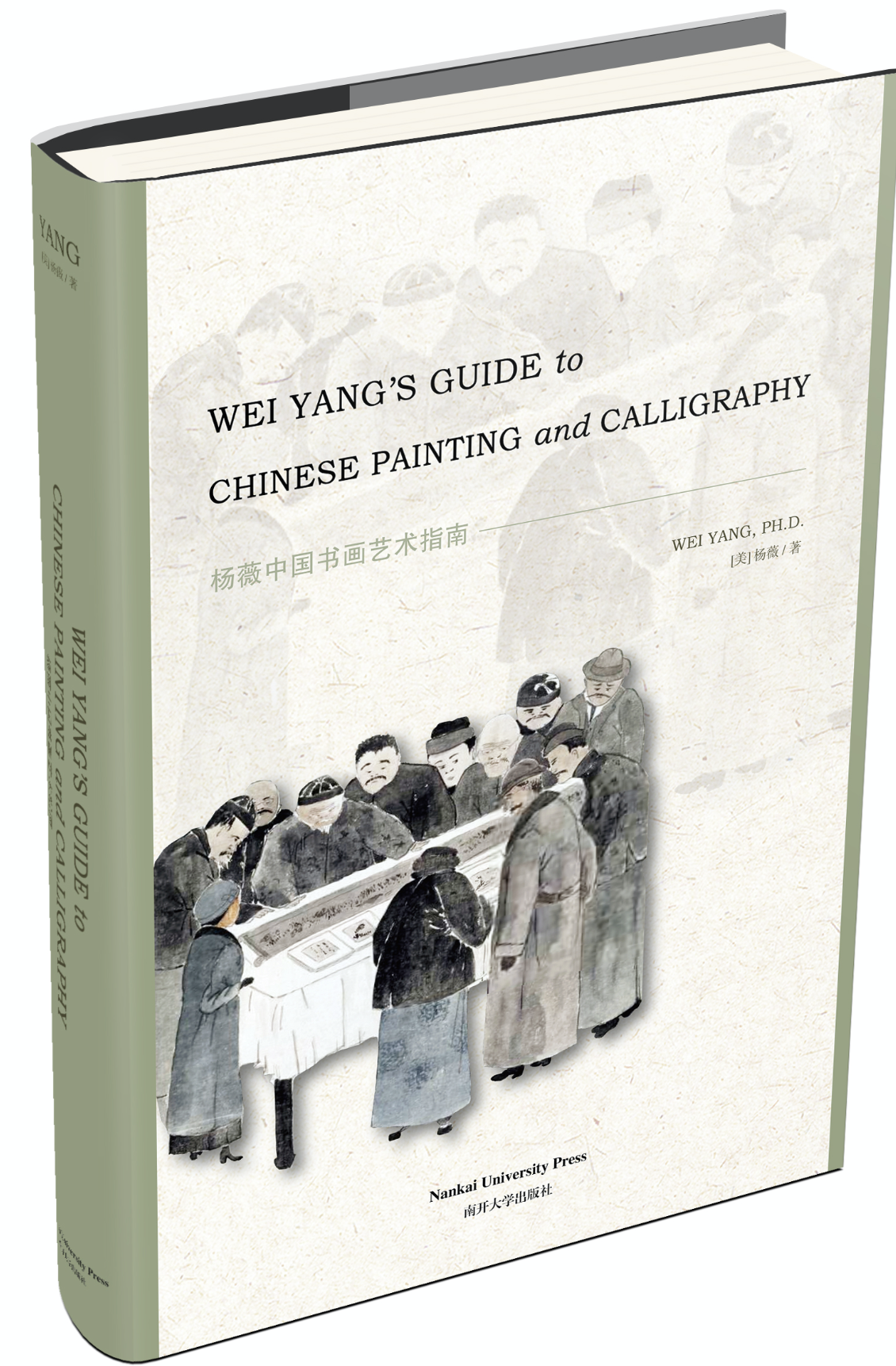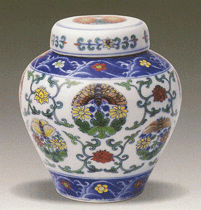Commission Appraisal
How Can I Have My Art Work Appraised? Where Should I Start?
Be patient with the appraisal procedure is essential. Start with a preivew of your property for appraisal is wise. Preview information is available at Preview My Artwork. If your property passes the preview and merits an appraisal, Dr. Wei Yang will make proposal based on your appraisal needs. When you are ready to procced, with your approval and a retainer, Dr. Yang then makes an inspection appointment, discuss your needs, and conduct stylistic and market research. A proper inspection also include a review of original documentation ( original receipts, provenance evidence, publication, etc) relevant to the subject property. An inspection via high quality digital photos is permissible for some artworks. Whether you need an in-person inspection or a digital photo inspection is sufficient, it will be determined after the preview. Once everthing is in order, Dr. Yang completes most appraisals within three weeks. The final appraisal report will be sent to you via USPS after the appraisal fee is paid in full.
How Do I Know Which Art Appraisal Reporting Option to Choose?
Please read our Appraisal Services for more information. You need the right appraisal to achieve your goals. For example, a Restricted appraisal (Level 1) might meet the basic personal needs for art consultation. An Appraisal (Level II) is suffiicient for other purposes, such as insurance coverage or claims, estate affairs, charitable donation, etc. A standard appraisal report outlines the route from the identification of the subject property, ranking in rarity, quality, artist, condition, date of creation to visual appeal and market desirability, then the reasoning for the proposed value conclusion. It is self-explanatary, showing the clear train of thoughts the appraiser exercised before arriving at the proposed value conclusion. It is a well-researched, fact-based and thoughfully crafted argumentary report, in compliance with Uniform Standards of Professional Appraisal Practice (USPAP), that will stand firm for any professional scrutiny on quality.
An Expert Witness Appraisal Report reflects the highest industry standards for appraisal development and reporting and the depth of an appraiser's specialty. Apart from complying with the USPAP standards relevant to the subject property, it answers some unique questions pinpointed in a litigation. This type of appraisal report not only test an appraiser's familiarity with the professional standards but also knowledge of relevant laws and regulations. In particularly, the quality of an appraisal report shows off the depth of the appraiser's specialty, knowledge and experience, and a confident appraiser's commitment to the excellence of appraisal practice. Most assignments in this category concern artworks involved in litigation or artworks not well attested in the usual sources. It might lack a track record in auction or sales, it might be difficult to document in the historical record, or the artist or workshop that created it might be hard to assess. It offers the best of both worlds: the expertise of a well-trained art historian and the credibility of a competent art appraiser.
What Do You Mean by “Customized Appraisal?
A customized appraisal package is designed to meet your individual needs. Apart from complying with Uniform Standards for Professional Appraisal Practice (USPAP), Dr. Yang is happy to include additional information you requet and answers to your questions in the report. Sometimes a Customized Appraisal is essential if you have a high-value art work in your possession. If you are unable to conduct in depth research on the artwork in question, hiring a trained art historian to conduct necessary research on your behalf is wise because a quality art work with a full documentation contributes to value. Before committing yourself to a customized appraisal, Dr. Yang encourages you to discuss your needs with an art historian and make sure that your artwork merits the level of services. Dr. Yang would never pressure you to order more services than you need in any manner. She is dedicated to educating her clients, walking them step-by-step through the appraisal process, and finding the best solution to meet their appraisal needs.
Can You Conduct an In-person Inspection of My Art Object?
Dr. Yang recommends that you consider a Preview My Artwork of your property for appraisal prior to commissioning an appraisal. This approach will brings you two benefits. First, you pay a symbolic fee to receive some professional guidance on what you have and its market potential in order to make an informed decision. Second, you don't need to invest in an expensive appraisal if your property is of limited value.
Why Do I Need to Answer Your Appraisal Questions?
It is important to answer Dr. Yang's questions truthfully because it is essential to the value of your property. Your answers often provide details concerning the provenance (the chain of ownership) of your art object, including how the object entered your possession, publication and exhition, conservation, as well as its recent history since then. All of these details are important to help Dr. Wei yang understand the context of your property for appraisal, since provenance, rarity, quality and condition are key value features conidered in the evaluation, and documented carefully in the appraisal report. Any negative factors may pose negative impact on the final value conclusion.
How Do You Conduct Your Art Appraisal?
Normally after a brief exchange of correspondence in the form of "Preview My Artwork," the owner answers the questions, and sends us high-quality photographs (usually digital photos sent by e-mail attachment, but prints are also acceptable) for review. Second, Dr. Wei Yang conducts research on the history of your property, exploring the best scholarship in Chinese, Japanese, and European languages to shed light on its provenance, rarity, authenticity, rank of artist, rank of craftsmanship and visual appeal, etc. to assess the desirability or collectibility of the subject property on its most active market. Third, Dr. Yang studies the performance of comparables (distant and close) at the current market, verifies recent sales data via some key sources, such as auction sales results, asking prices, and gallery offerings worldwide. To support the final value conclusion, a typical appraisal report will include 3-4 comparables sold recently, accompanied by a discussion of the differences and similarities between the subject property and its comparable to highlight the reliability of the value conclusion.
To sum up, a formal art appraisal report conducted by WEI YANG explains to you what you own, estimate the likely performance of your art in the current art market, help you to appreciate your property, and answer specific questions you may have. Dr. Wei Yang tailors each appraisal report to owner's specific needs or expectations, whether for insurance coverage or claims, consultation for disposition, museum donation, or estate distribution, etc.
Can You Appraise My Art Work by Photos?
It is permissible with limitations. Thanks to the highly-developed AI technology, the availability of sharp images in photos, vedio and face time, etc., make inspection via digital photos easy and accurate. However, some Chinese artworks still require a proper in-person inspection by a qualifed art appraiser because examining the physical details is crucial to authenticity. For example, antique Chinese painting and calligraphy by faous artists requires an in-person inspection, because the type of silk or paper used, the texture and thickness of materials, the conservation details, mounting style, pigments colors are too subtle to be visible via digital photos. In other workds, whether your property merits an in-person inspection or via quality digital photos, you need to discuss the option with your appraiser. Different art appraisers with different backgroun and experience with antique Chinese paintings have different approaches to the method of inspection.
What Kind of Photos Do You Need for Appraisal Research?
Please provide a set of high quality digital photos of your property for inspection. The photo set must include a full view of the property and a few close ups of details (mark on the base of a porcelain or decorative arts, signature, inscription and seals on a painting, and any physical distinctions you wish to share with your appraiser). In general, the photos should be in as high a resolution as possible. For large files, burning them on a CD and potable USB memory stick is convinient and safe. Sending photos via e-mail attachment is good for a few photos in modest sizes, since the email system may block big photos before it reaches my mailbox.
How Long Does It Take for You to Complete an Appraisal Report?
The completion of an appraisal varies, depending on the scope of work necessary to complete the assignment. It usually takes Dr. Yang three weeks to complete one appraisal (less than 5 items). For complicated assignment (mixed collection with fine art, ceramics and jade, etc.), it takes 4-5 weeks to complete the assignment. To engage Dr. Yang's services, a retainer and a signed copy of the engagement letter are required to initiate her research. After the final balance is paid in full, you will receive a hard copy of the appraisal report via USPS priority mail or a faster delivery method at your cost.
Continue to Read Frequently Asked Questions (Part II)
Appraisal Questions & Answers
Value and Authenticity
Art Appraisal
Post-Appraisal Services
Appraisal Fees


